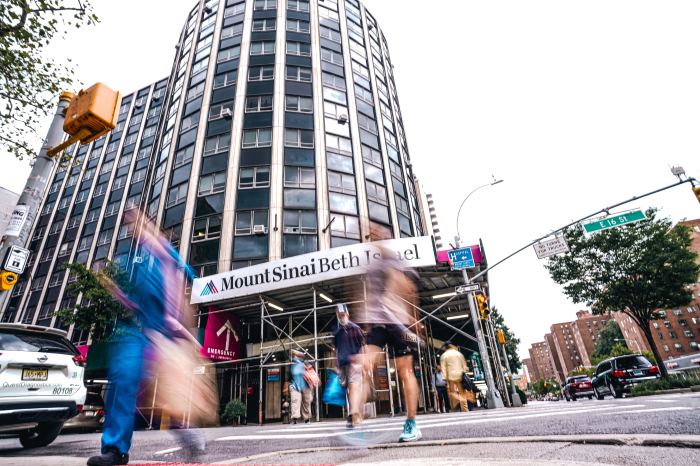
Dominique Ansel Bakery and Dunkin Donuts both were recently shut down temporarily due to the presence of mice. There are also 18 other food establishments in New York City that are listed as closed by the Department of Health, 10 of which showed evidence of mice or live mice present.
But exactly how unhealthy are mice droppings and other Department of Health violations?
“Pests can contaminate food and spread disease through their droppings, urine, fur and saliva,“ said Levi Fishman, spokesman for the Health Department. “They also chew through surfaces enabling other vermin to enter, and their droppings serve as food for insect life.”
Even healthy mice can spread infection, Dr. Robert Amler, dean of the Institute of Public Health at New York Medical College said. Mice walk through unclean areas transporting infectious material, and they could carry fleas, mites and other tiny insects. Some possible outcomes from coming into contact with mice include Hantavirus, Listeriosis or dander and hair allergies. Read more about those illnesses on GrubStreet.
Food establishments across New York City are inspected by the Department of Health and given points, and ultimately a letter grade, based on health violations. The more points, the lower the grade.
Inspectors visit food establishments unannounced and check for food handling, food temperature, hygiene, facility and equipment maintenance and vermin control. The first inspection is ungraded. The eatery is graded following a second inspection.
There are three categories of violations depending on the health risk:
- A public health hazard, such as failing to keep food at the right temperature, is at least 7 points.
- A critical violation, such as serving raw food, is at least five points.
- A general violation, such as not properly sanitizing cooking utensils, is at least 2 points.
Additionally, each violation carries a condition level ranging from one to five. For example, one contaminated food item is a condition one violation, which is 7 points. Four contaminated food items is a condition four violation, generating 10 points.
Evidence of rats, mice or roaches garners 5 points under a condition one violation and 28 under a condition five violation, according to a New York City Self-Inspection Worksheet for Food Service Establishments.
“B and C grades indicate that the safety measures in place at a restaurant can be improved, but the risks are not so great that it should be closed,” said Levi Fishman, spokesman for the Health Department. “If at the time of an inspection there are too many risks for contracting a foodborne illness, the restaurant is closed by the Health Department, and will be allowed to reopen when the observed problems have been corrected.”
“Typically, restaurants are closed when a public health hazard exists that cannot be corrected before the completion of the inspection,” Fishman added.
Experts agree that rodents and bugs pose a health hazard, and similarly, holding food at unsafe temperatures does too, as it can cause foodborne illnesses. Contaminated food (food left uncovered, exposed to dust, flies, splashes from cleaning fluid, etc.) can also make the person eating it sick.
No one we interviewed would say which violation was worse than the others, as each presents a risk to public health.
The chance of a consumer getting sick varies based on the situation and many different factors, including garbage disposal, the cleanliness of the eatery, personal hygiene of the workers and more.
“They’re all considered critical violations,” said Peter de Lucia, assistant commissioner of the Bureau of Public Protection for the Department of Health in Westchester.
But when should a food establishment be closed?
Closing a food establishment is a “drastic measure” done for a good reason, even if the chances of an individual getting sick isn’t very high, Amler said.
“If you’re the customer and you’re the one who gets sick from this, for you it’s 100 percent,” he said.





































